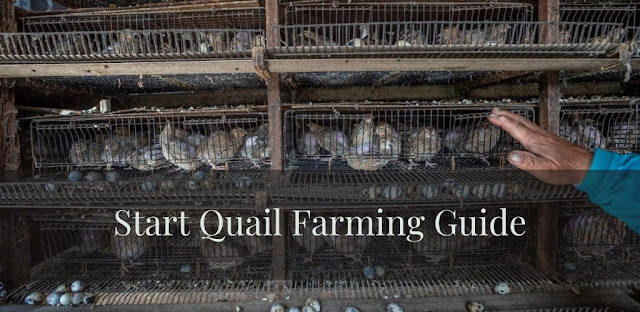Kiwi Planting Guide - How To Grow Kiwifruit
Kiwi grow on vines up to 15 feet long and may not be suitable for anyone with a small area for gardening. They are rather hardy in winter, and some can grow in areas up to zone 3. Varieties known as "hard" kiwi are better for cooler areas, though Hayward's kiwi is the most common for home growers (zone 5).
They do need winter to produce fruit, so you can't grow kiwi in a place warmer than zone 8. Different varieties have different temperature requirements, so you should try to buy plants that suit your climate.
Kiwifruit Planting Guide
The fruit is high in vitamins C and A, potassium, copper and filled with tiny (but edible) black seeds that make an interesting pattern when the kiwi is sliced.
Start growing kiwi from Seed
Since kiwi plants require a fairly precise cooling period to germinate, most people simply use sowing, or grape stem cuttings.
At one time, kiwis were only available in male or female which meant you had to be careful to buy the right "gender" of the plant and you would need 2 kiwis to get fruit. But you don't really need to plant in pairs. One male vine can pollinate many female plants.
There are several modern kiwi varieties now that are self-fertile, making this unnecessary. Jenny is one such variety. In the middle of your average garden you will likely have the Hayward variety which means 2 plants.
Kiwi plant transplant
Dig your soil well, and add some compost at planting time. Considering the size the kiwi vine will eventually reach, you should leave at least 5 to 10 feet on either side of each vine. Each plant should have its own support (see below). If you have both male and female plants, be sure to plant the males within about 20 feet of the female for proper pollination and fruit development.
Choose a place that gets full sun or a little shade in the afternoon. Sloping areas will help with water drainage as waterlogged roots are a big problem for kiwis.
Pests and Diseases
Kiwi don't have many insect enemies in the garden. There are several 4-legged pests that you should plan to keep away from your kiwi vines. Deer are sometimes attracted to leaves, and kiwi has a strange effect on cats. It seems to pick up the kiwi as if it were catnip.
It's easy to lose new plants to overzealous cats so you may need to put up a fence if there are cats roaming your area.
Growing Kiwi Instructions
As long as your soil is fertile, you don't need to add additional nutrients or fertilizers. Use a mild formula (10-10-10) or you may risk burning the roots. Once planted, you should water regularly for the first year. After that, only when the weather is completely dry.
Kiwis will produce large, heavy vines (especially when loaded with fruit) so you will need to provide a very sturdy support structure to keep your plant safe. Plan this before planting your seedlings. If you try to build a trellis around a plant, you will almost certainly damage it.
Horizontal wire systems, similar to those used in grapes, can also work well with kiwis. Two sturdy stakes placed 5 feet on either side of your vine. Run 2 cables between them, one 3 feet high and one 6 feet high. As your kiwi tree grows, train or tie the main branches along the cord to provide a solid framework for your plant.
Like other grapes, your plants will be more productive if you take the time to prune and prune them properly. Cut off all dead branches and additional vines beyond the main body of the plant. Do all your pruning while the plant is dormant, during midwinter. If it's too close to spring, the vines may start to secrete sap and make your kiwi susceptible to disease.
If you plant both male and female plants, your male plants will not produce any fruit so you can prune more heavily to keep them small.
Containers
With a large enough container, you should be able to grow any variety of kiwi but the Issai kiwi is an ideal option for potted growth.
Plant your vines in a 10 to 20 gallon pot, and make sure the support is very stable. Water when they dry out, and limit fertilizer use as mentioned above.
Harvest and Storage
You will probably start getting some fruit from your kiwi plant after 3 years, and a full harvest after about 6 years. Arctic varieties can even begin to bear fruit after just one season. If your vines are healthy, you can get over 50 pounds of fruit each year. Once your plants are established, they can continue to produce kiwis for up to 50 years.
Kiwis are ripe for harvesting when they are just starting to soften. The real test is to try one and see how it tastes.
Fresh kiwi will keep well in the refrigerator, for up to 5 weeks. If you store them in a plastic bag with a few wet wipes, they can last 3 months or more.
You can also freeze it, but it will become very soft once you thaw it.

.jpg)


Komentar
Posting Komentar